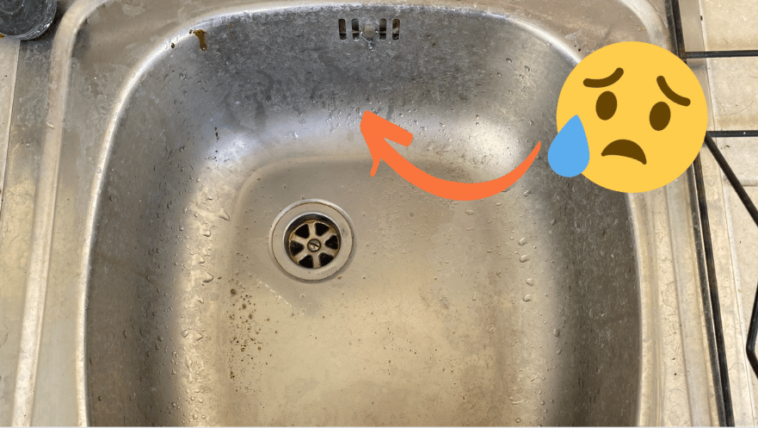Do you have a hard water problem in your home? In this case, it is possible that scale will dangerously colonize your household appliances and pipes, and that limescale will appear on all surfaces of the house in contact with water. This is the case for bathroom tiling, but also for stainless steel surfaces such as faucets or the sink. These steel surfaces can then quickly tarnish. Fortunately, there are many tips for how to clean and shine stainless steel, including how to remove limescale very quickly and effectively. Find out how to remove these particularly unsightly stubborn stains that reduce the shine of stainless steel.
To make stainless steel easier to maintain, don’t forget to carry out regular maintenance to avoid encrusted dirt that is difficult to remove. This includes getting into the habit of giving a quick wipe with a soft, lint-free cloth (like a microfiber cloth) after each use to dry the sink. And otherwise, you can use the household products below, both for daily maintenance of stainless steel and for shock treatment.
1) Soapy water against limescale on stainless steel
For very effective daily cleaning, hot water with dishwashing liquid or black soap will do the trick. This will also allow descale the sink, but also sanitize and degrease it in a single gesture. Simply soak the sponge with your soapy water and scrub carefully. Then rinse carefully and dry with a clean, dry cloth.
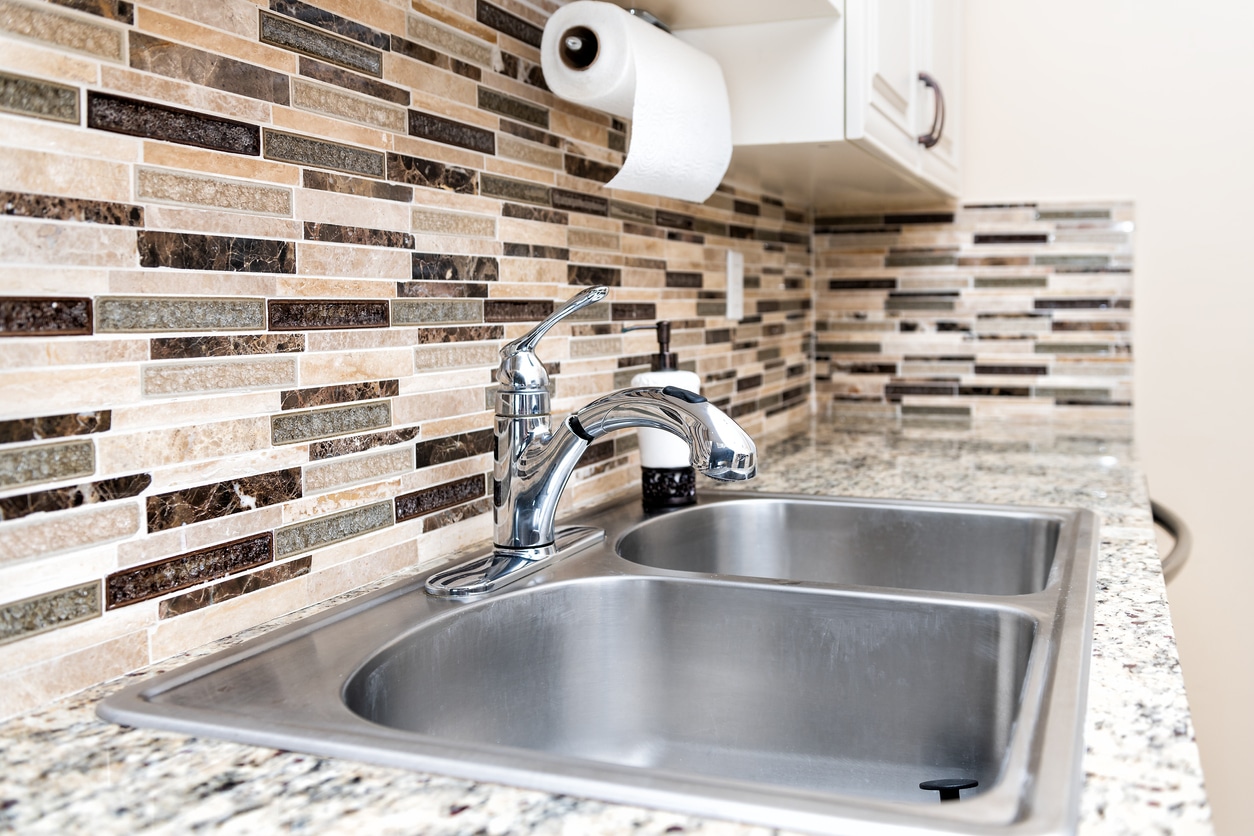
2) Vinegar to descale the stainless steel sink
White vinegar is a excellent natural anti-limescale. To use its descaling power on stubborn stains, you can dilute it with water in a spray bottle or a bowl and apply everything to the surfaces to be treated. Then scrub well and dry the stainless steel thoroughly. You can also consider soaking a clean cloth with vinegar and leaving it on the stains (minimum fifteen minutes) to make them easier to remove. You can use this same cloth to scrub your sink and remove the last white marks. With these two techniques, you will be able to restore shine to steel and disinfect it.
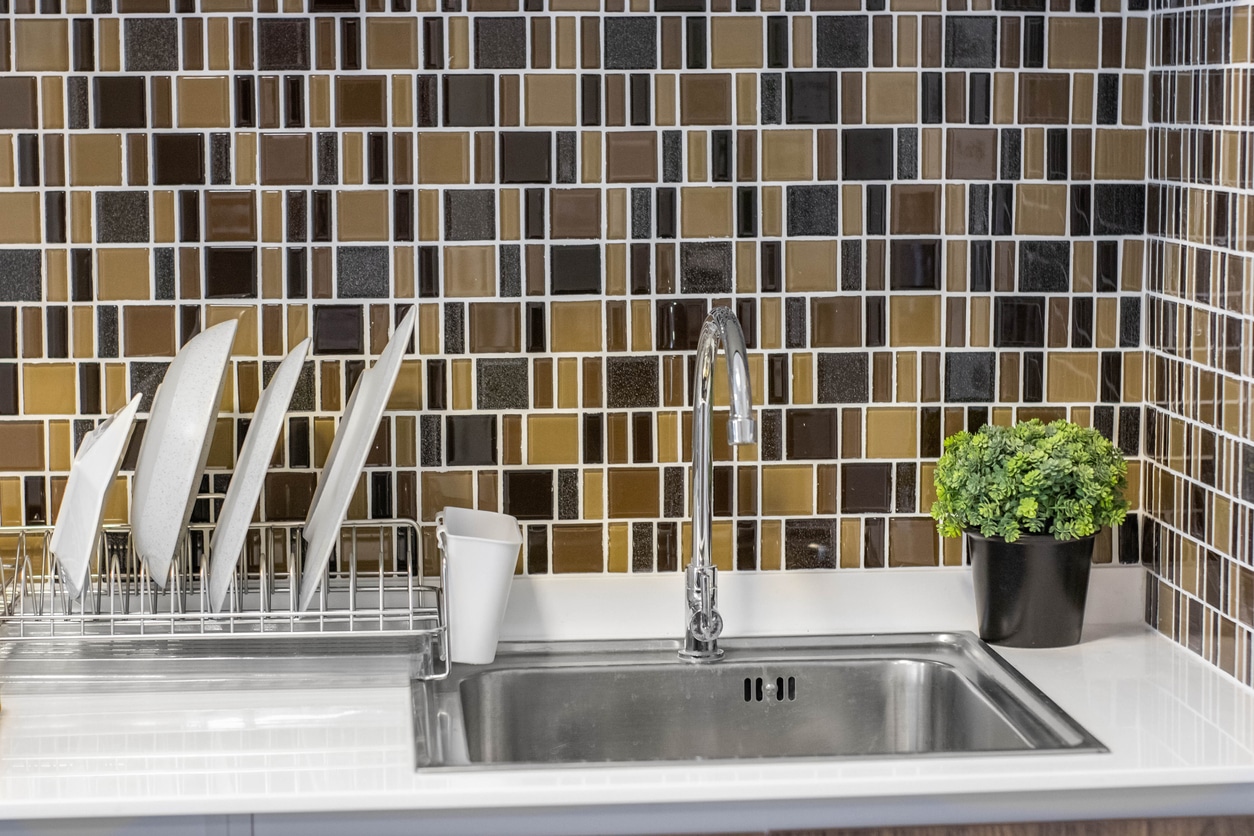
3) Bicarbonate to make a stainless steel sink covered in limescale shine
Baking soda has a very mild abrasive power which allows remove scale without scratching stainless steel. To use it, simply form a thick paste with this white powder and water. Then, apply this mixture to the sink using a damp sponge and leave it on for a moment for greater effectiveness on the encrusted traces. After that, one can simply rinse and carefully dry the cleaned surface. If the limescale is very present on the stainless steel, you can proceed in the same way, this time using lemon juice instead of water to form a paste.
Good to know: if you don’t have sodium bicarbonate, you can also take a little flour, talc or Meudon white with a damp sponge to rub the stains. No need to rub too hardbecause this is where we risk damaging the steel and leaving scratches.

4) The clay stone to descale scaled stainless steel
Pour remove difficult scale, dirt and grease stainsnothing beats clay stone and its versatile cleaning effect. For clean and polish stainless steel in order to eliminate any surface scratches, simply take a little silver stone (also called white stone) with a damp sponge and apply it all to the walls and areas to be treated. Then, take care to rinse and dry well.
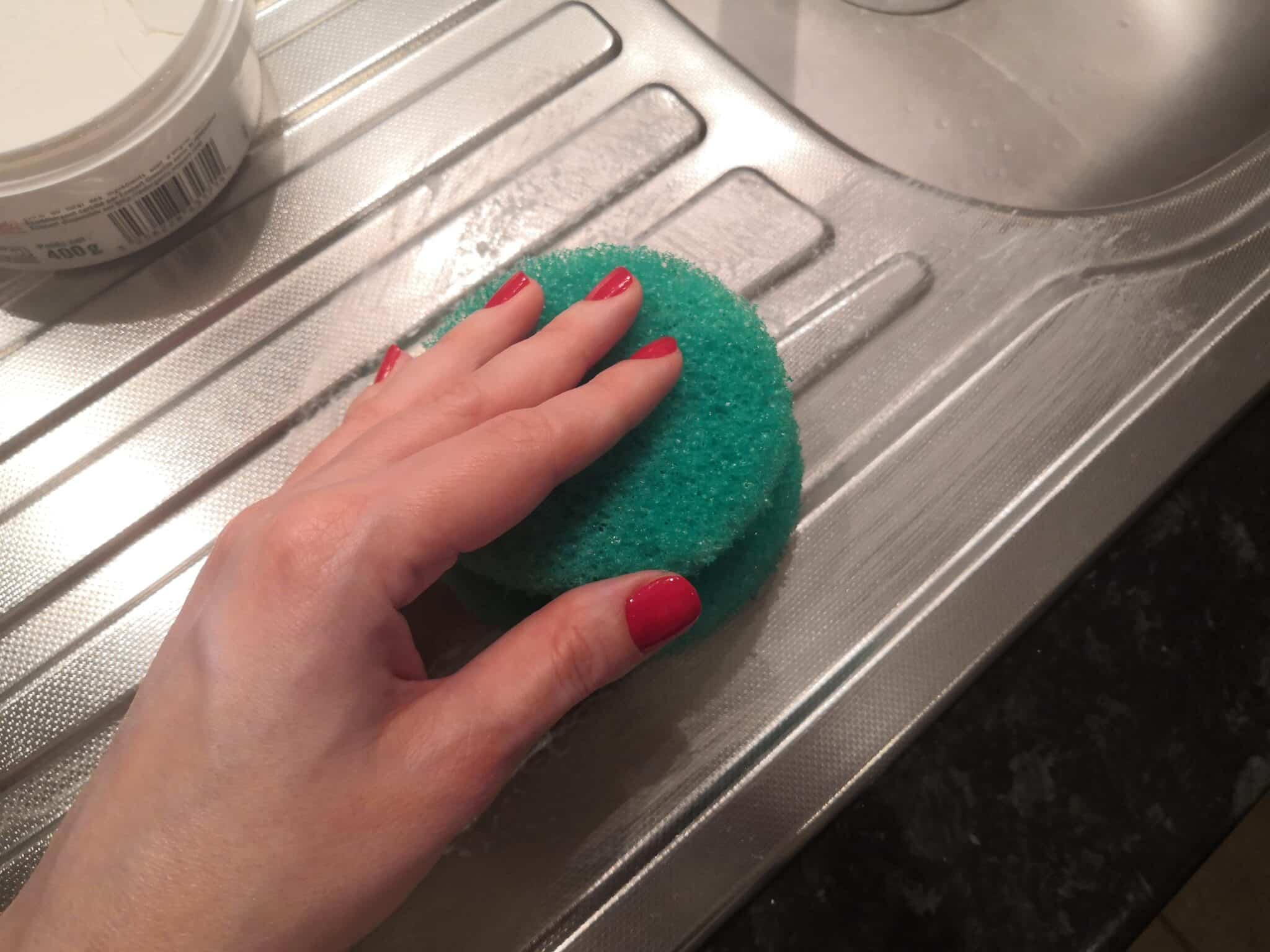
5) Lemon to remove limescale from stainless steel
Thanks to its acidity, lemon juice helps to overcome limescale and of remove stubborn stains of all kinds to bring shine and restore all its splendor to stainless steel. Furthermore, unlike vinegar which it can replace without problem, lemon will leave a sweet, very fresh citrus smell in the ambient air. In short, using it is a real joy! To do this, mix equal parts juice of half a lemon and hot water, then stir in a teaspoon of salt. Then, apply this mixture with a sponge, leave to act, rinse, then dry the stainless steel carefully.
Good to know: if you are in a hurry, you can cut the lemon in half and use the flesh to rub it directly like a sponge. Enough to gain efficiency while saving a lot of time.
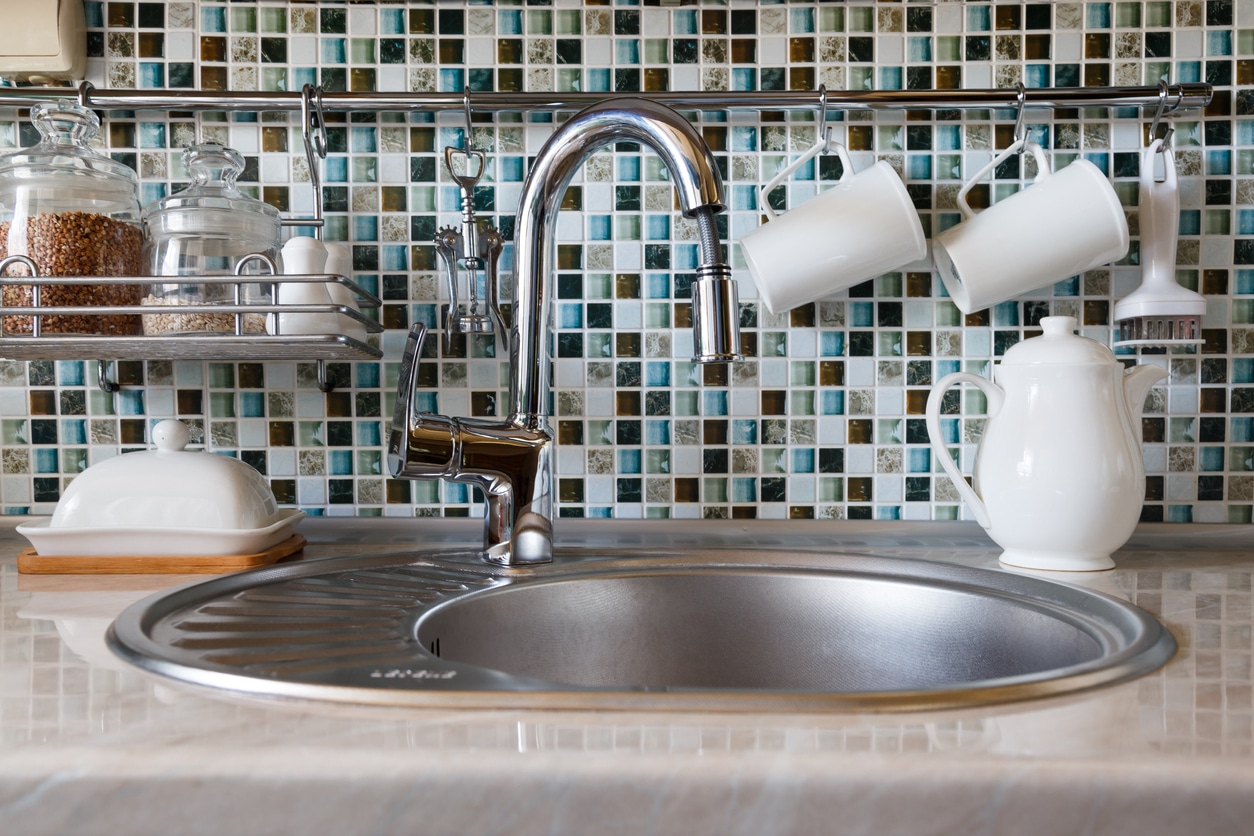
6) Household alcohol against limescale on a stainless steel sink
Household alcohol helps clean, degrease, shine, deodorize, but also of course to descale stainless steel effortlessly. Its use could not be simpler: simply moisten a microfiber cloth and add a few drops of alcohol before rubbing the surface to be treated. When this is done, all you have to do is polish it carefully with a clean, dry cloth. You can also put some in a sprayer before spraying and rub with a damp sponge.
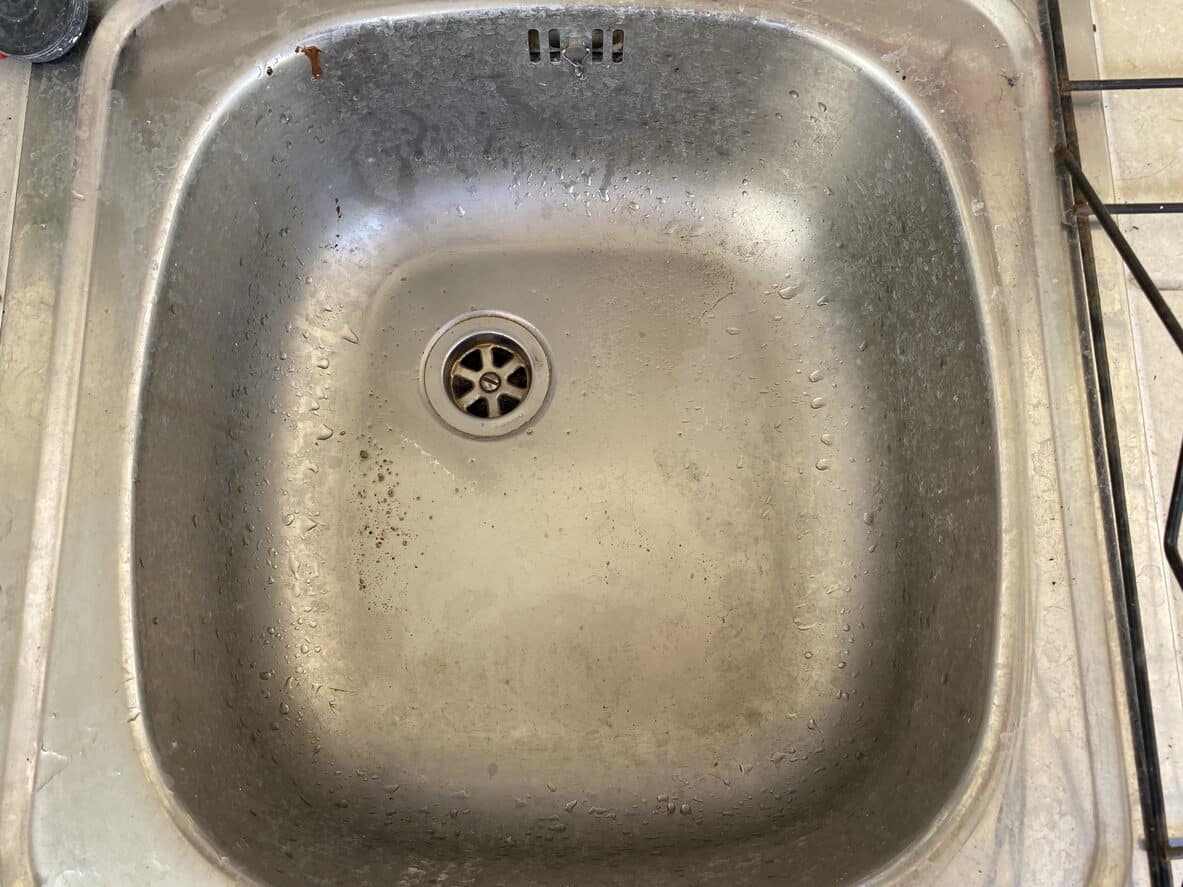
7) A mixture of olive oil and lemon to make the stainless steel shine
You might think this is a recipe, but it actually cleans, descales and make the stainless steel shine in addition to lastingly protecting it against limescale. Simply mix the two ingredients and apply with a sponge. Then scrub and rinse well with hot water before carefully drying the stainless steel.
8) Be careful what you use to descale stainless steel…
Forget the scraper or abrasive sponge (just like the scratchy side of the sponge)! To avoid scratches, favor the use of soft cloths or a soft sponge for optimal results. You can also optionally use a ball of newspaper for good polishing However, avoid rubbing too hard. Also, always remember to dry the sink thoroughly with a suitable cloth after cleaning, because any trace of water is an open door to the return of limescale to the stainless steel at high speed. Finally, ban the use of bleach or commercial anti-limescale cleaning productsfar too acidic for your stainless steel sink. This will avoid traces of corrosion.


